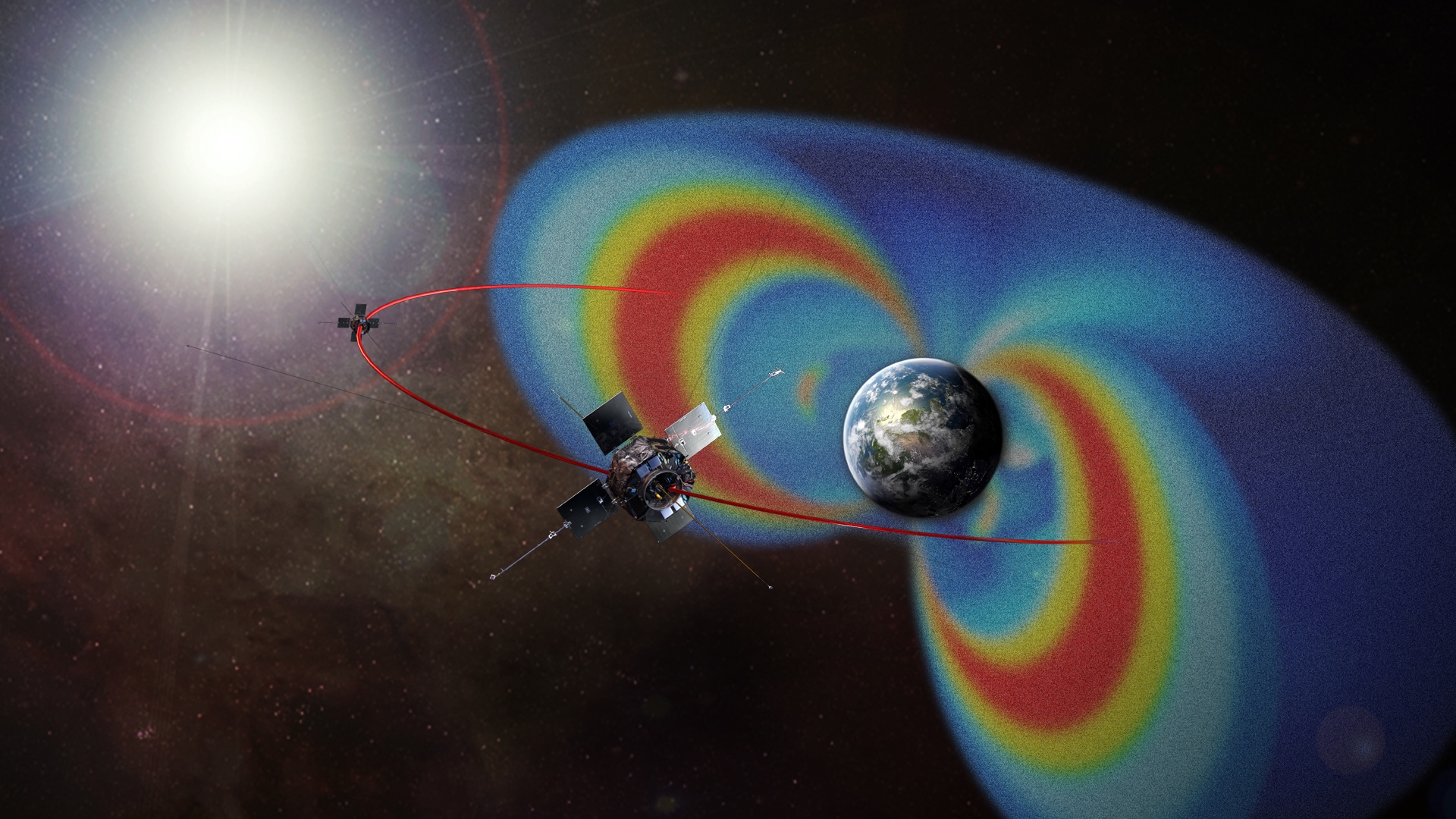NASA: people created a radio-box of super-long waves around the earth that protects against cosmic radiation

Humanity began to change everything around it almost immediately after its appearance. Some experts believe that it was people who caused the extinction of the mammoths. Then man began to change the face of the Earth, creating man-made seas, rivers, mountains. Naturally, the climate is also changing, which in our time does not speak or write only lazy.
In addition, people change the electromagnetic background in their area of residence. And this applies not only to homes, cities or countries, but to the entire planet. Radio noise has been around for a long time - thousands of devices emit radio waves, and this radiation literally envelops the Earth. Among other types of radio emission, extra-long waves are of particular interest, which are used, in particular, by the military. Experts say that such radio waves have now formed radio cones, which has a positive effect: it protects us from high-energy cosmic radiation.
The radio consoles were discovered by the RBSP satellites, which are also called “Van Allen probes” in honor of the Van Allen radiation belt, which the devices are studying. These probes were launched into a highly elliptical orbit with an apogee height of about 30 thousand kilometers in 2012 and since then have provided scientists with a lot of data on the radiation field around the Earth.
')
Ultra-long waves are commonly used for long-range radio navigation with aircraft and ships that are located in remote areas. In addition, super-long waves can penetrate the water column, so they are also used to communicate with submarines. Such waves are able to go around the globe.
Moreover, this type of radio emission, as it turned out, changes the properties of the radiation field around the Earth. "Numerous experiments and observations have shown that, under certain conditions, radio emission in the superlong wave range can affect the properties of the high-energy field around the Earth," said Phil Erickson, assistant director of the MIT Haystack Observatory observatory.
Despite the fact that super-long waves are necessary for people to communicate on the surface, in water and in the air, they go and much higher to the upper atmosphere. Since there are a lot of transmitters working with superlong-wave radiation, the whole Earth, in fact, is shrouded in these waves. This recorded the probes of Van Allen. It is interesting that the outer edge of the “radio bubble” passes just along the lower boundary of the Van Alain radiation belt. This belt was formed due to the magnetic field of the Earth, which does not allow high energy particles to the surface.
Now a hypothesis has emerged, according to which the "radio-window" created by man, alienated the borders of the radiation belt from the surface of the Earth. This assumption was made by the specialists of the University of Colorado . In any case, observational data show that the lower boundary of the Van Allen belt has moved a considerable distance from the Earth since its first survey in 1960.
Developing their hypothesis, scientists from MIT say that perhaps super-long radio waves can be used to further remove the lower boundary of the radiation belt from the Earth. But in order to confirm or refute this assumption, it is necessary to conduct additional studies in the upper atmosphere. If radio waves of this type really allow to remove high-energy particles, then we can already speak about directed cleaning of near-Earth space from radiation dangerous for the Earth. In particular, this can be useful for leveling the effects of flares on the sun.

The existence of the Earth’s radiation belt was proved after measurements were made using Sputnik-2, which was launched in 1957, as well as using Explorer-1, which was sent to space in 1958. The radiation belt itself is a toroid, in which two regions are distinguished. The first is a low internal radiation belt at an altitude of about 4,000 km, which consists of protons with an energy of tens of MeV. The second is a high external radiation belt at an altitude of about 17,000 km, which consists mainly of electrons with energy of tens of keV. In the outer belt, particle fluxes are larger than in the inner one.
As for the negative consequences of the existence of such a cocoon, they have not yet been identified.
Source: https://habr.com/ru/post/373475/
All Articles